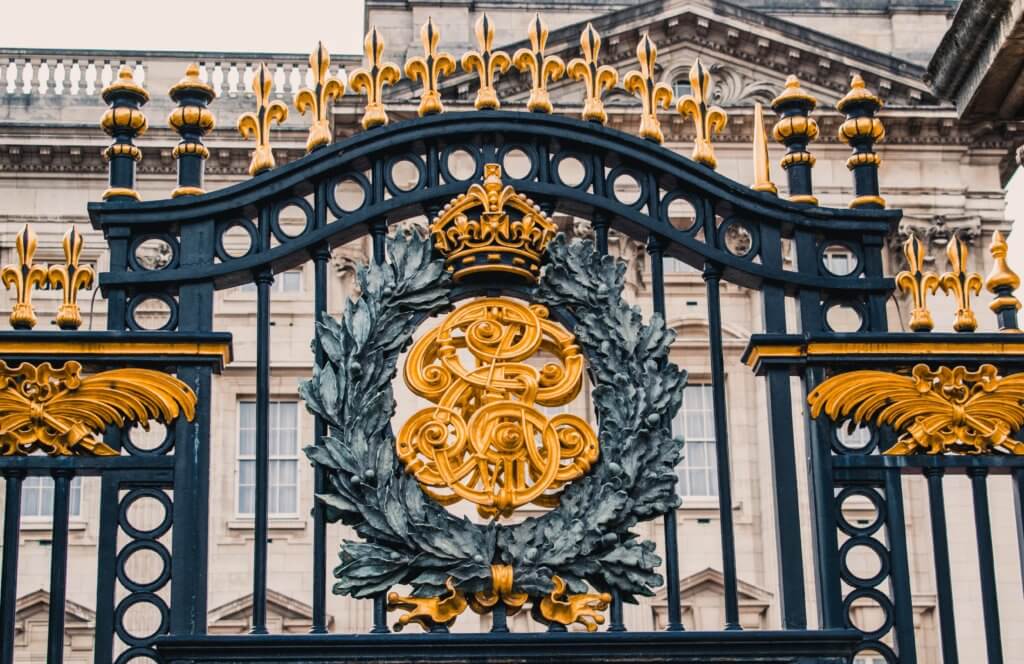A New Type of Royalty Lined Up by Royal Couple
Prince Harry and Meghan are stepping back from royal duties, but it may be royalties that see them through in their new life.
Before announcing their desire to spend time out of the spotlight, the Duke and Duchess of Sussex applied to register the brand Sussex Royal as a global trademark.
The application was made in December to the World Intellectual Property Organization (WIPO), covering Australia, Canada, the EU and US in the name of their new foundation. It comes after applications to trademark the couple’s brand in the UK were lodged last summer.
The applications covered a range of products such as magazines, greeting cards and clothing, as well as activities such as charitable fundraising and management, education and emotional support groups.
Taking such steps to protect a brand before unveiling a new product is a move that many small businesses could usefully learn from. Alongside, the possible challenge the couple may face in using the word ‘royal’ in their brand, following their change in circumstances which will see them dropping their HRH titles, could prove to be a lesson in what is allowed in such registrations.
Every business has Intellectual Property (IP) rights, whether in its trading name, the design of its products or the processes used in production. These can be the most valuable asset a company owns which is why it is important to protect such IP from exploitation by others, through trademarks, patents, copyright or design rights.
And while some IP can be registered quite swiftly, applications for patents may take several years to be processed, meaning early attention is important. Protection is then an ongoing process, demanding internal controls to ensure future developments are managed and protected, as well as to guard against the release of trade secrets.
Well-protected and registered IP will be recognised by banks and investors, as well as providing a route to making money by licensing or selling through others to generate license fees and royalties, as envisaged by the Duke and Duchess of Sussex.
“While the UK and the EU will recognise certain rights that are unregistered, these give limited protection. The strongest protection will be through registered rights, and every business will have IP which needs safeguarding.”
What protection is available for intellectual property?
Copyright, patents, designs and trademarks are all types of intellectual property protection and their use will depend on what is to be protected.
You get some types of protection automatically; others must be applied for. Automatic protection is provided for:
- copyright – covering writing and literary works, art, photography, films, TV, music, web content, sound recordings
- design right – the shapes of objects
Where protection must be applied for:
- trademarks – product names, logos, jingles
- registered designs – the appearance of a product including, shape, packaging, patterns, colours, decoration
- patents – covering inventions and products such as machinery, tools, medicines
Setting up a limited company and registering the incorporated business name does not give the same rights as registered IP, nor does a registered domain name. It is also important to understand who may own the IP – some will be owned automatically by the person who created them, such as a web or product designer, rather than those commissioning the service – so action may be needed to agree the transfer of such rights.
Longmores’ Commercial team are highly experienced. To discuss how we can help, please get in touch with our Company Commercial team.
Please note the contents of this blog are given for information only and must not be relied upon. Legal advice should always be sought in relation to specific circumstances.

